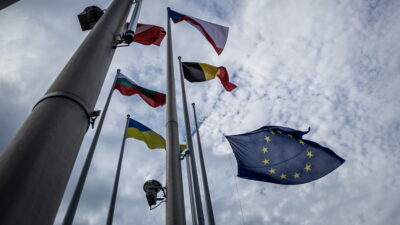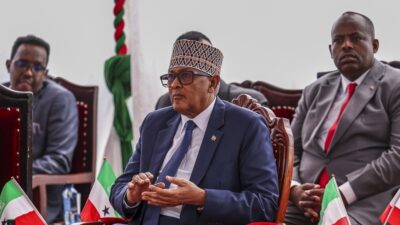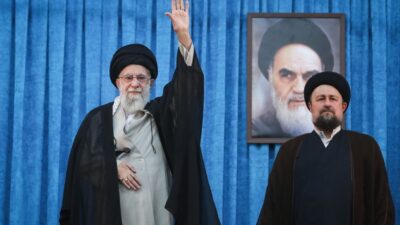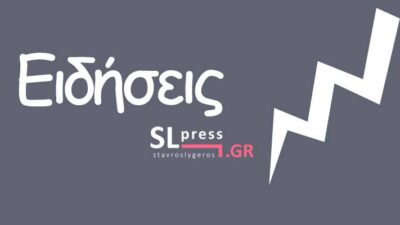Giorgos Margaritis: Should we be learning from the Turks?
16/09/2020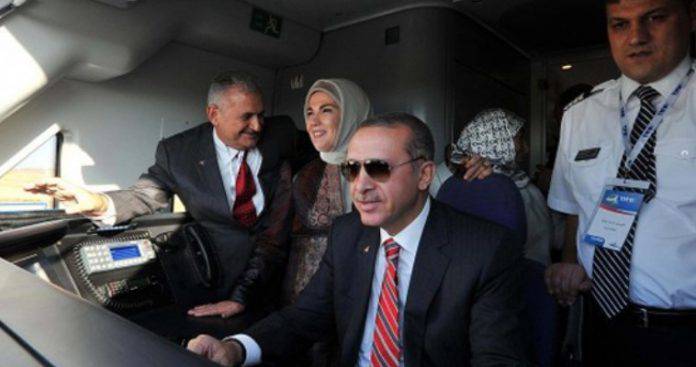
The announcements made – as is customary – by the Prime Minister in Thessaloniki added very few things to the country’s political horizon. In other words, in terms of the perspectives that are promoted and served by the respective government choices and the announcements related to them. The denominator of the announcements was the rediscovery of the so-called lost “confidence”.
But the measures announced were coincidental, in the short term, almost necessarily under the pressure of the current situation. They treated individual symptoms, “covered up holes” as it is commonly called. The tried and tested recipe dominated them. If we alleviate the cost of labor either at the expense of employees, or at the expense of welfare and insurance, or at the expense of the “public”, the citizens, and in turn subsidize the “haves”, then investments will be made. Through them comes growth, full employment and perhaps through them even future prosperity. The catastrophic results for Greece from the persistent implementation of always the same recipe were not touched upon in the prime minister’s speech.
In the neighboring country of Greece, where the collapse of the economy is expected – in a sense – at any time now, a framework of goals was announced many years ago for the centenary of the 100th anniversary of the founding of the Turkish Republic. The plan was named “2023” for this reason. It is currently in progress. Its total cost was initially estimated at one trillion dollars. It included neither wishes nor ideologies. It was and is based on tried and tested recipes.
A careful observer would note how similar it is in its general choices to China’s corresponding plan, which had been implemented a little earlier. The general design framework did not contain wishes and hopes for the appearance of “investors”. The country was not meant to be what the “investors” wanted it to be, but it would grow as its government and its ruling classes planned. It was a multi-layered design.
The largest railway network in Europe
Within the general framework, the program for the regeneration of cities foresaw the imposition of planned modern urban development throughout the country. About 3,500,000 (!) buildings were demolished, most of what we in Greece call “arbitrary” buildings. In their place, other buildings were built as part of a modern urban plan. The cost of the program is $ 200 billion. This was immediately followed by the plan for a radical overhaul of the country’s railway network.
With the completion of the project, in 2025, Turkey will have about 10,000 km of high-speed lines – the largest network of its kind in Europe. The cost is $ 45 billion. Above all, the sure profit is know-how: Turkey exports railway vehicles and builds railway infrastructure outside its borders. This is where the interest in Africa comes from. The same goes for new highways: 5,000 km and $ 47 billion investment by 2023.
In the field of transport, the new Istanbul airport with six (!) runways will be the largest in the world upon its completion in 2028. Along with the ongoing orders of hundreds of passenger aircraft (Boeing and Airbus), Turkey intends to become a global air transport hub, removing this role from the Gulf emirates. Perhaps this explains the apparent rivalry with the UAE. Add to these the new bridges across the Bosphorus – the largest in the world – and the only three-level underwater tunnel that will solve the traffic of Istanbul so we can have a measure of the opening ceremonies that will take place in 2023!
With $ 20 billion, 34 state-of-the-art hospital complexes were built during the same period. “Medical tourism” is already moving at the level of 2,000,000 people per year. Centers for the development and production of medical technology and pharmaceutical products were developed around these. By 2028, Turkey will be competing on an equal footing with many of the current giants in this field.
The three nuclear power plants (Akuyu, Sinopi, Igneada -14.500 MW in total) at a cost of $ 62 billion will provide cheap electricity. The TANAR pipeline, already in operation, which transports Azeri gas to Turkey and Europe, gives a strategic dimension to the country’s energy role. In fact, if it found its own natural gas, e.g. in the Eastern Mediterranean …
Catalytic comparison
Let’s add one last thing. For many years now, Turkey has been planning to create a military industry. In this area it is gradually becoming a major exporter of weapons and technology. Note that Turkish warships are candidates for the Canadian Navy. So far, $ 25 billion has been invested in the development and construction of the TAI TFX, Turkey’s 5th generation fighter. The whole program is a dynamic platform for technology development. Such investments will later introduce the country to productive performance in cutting-edge products.
If we compare the announcements of our own leaders, their plans, with those of the neighboring state, I do not think we will gain any kind of “confidence”. Comparisons are offered rather for a crisis of frustration. What we can certainly understand is why our neighbor’s politicians speak with confidence, meaning whatever they say, and why our politicians use communications tricks in a speech with the basic characteristics of deception and lies.
It is worth considering here. The bourgeoisie rules both countries on the basis of their common values of capitalism. No one would bet on which of the two exploits its employees in the harshest, most radical way. They belong to the same geographical area, they share a common history. So how is it that some turn their country into a black hole on the map and others turn it into a global force to be reckoned with?
There are some attempts to interpret the phenomenon – there is no space here to develop them. So let’s stay with the question. But I forgot… The Turkish economy is on the verge of collapse. While, at the same time, the 18 Rafale may manage to destroy it first! So we will not have to answer the previous question. There will be no reason.

